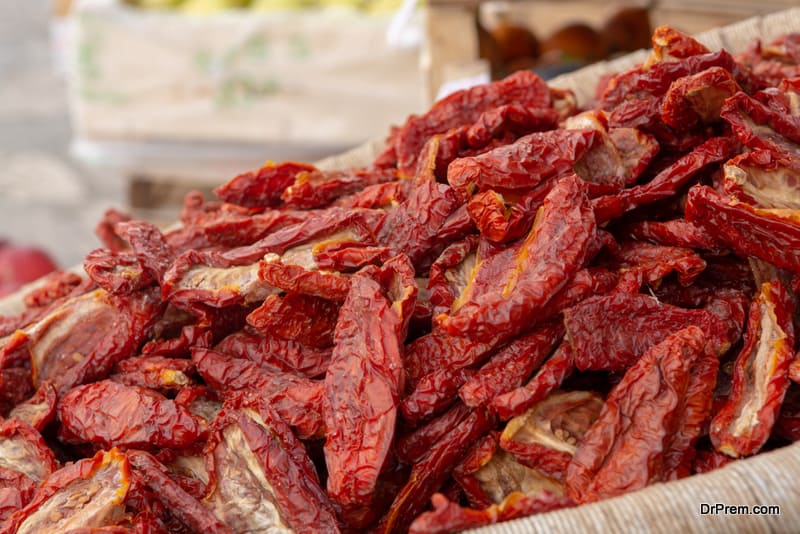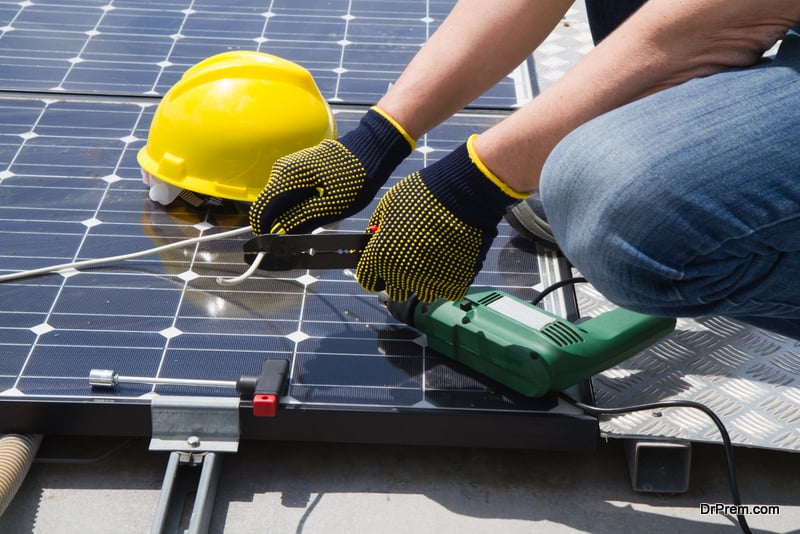Preserving food items such as fruits, vegetables, and meat people have been practicing since ages. They used to air dry food items that were not that clean way and it used to take much more time than a solar drying alternative people use today. A solar food dryer or dehydrator dries food much faster and keep food items safe from dust and other harmful elements.
Benefits and functioning of a solar food hydrator
Food drying is an excellent way to preserve food for later stages. It requires heat to dehydrate food items, dry them up completely. A solar food hydrator has replaced open-air sun drying, for good only. The dehydrator is much more efficient and clean that protects food from dust and other pollutants that affect food while you try to dry them in open.
An enclosed chamber is designed in a way that receives enough sunlight, which is converted to heat by the dark interior surface. Natural convection that takes place inside, maintains the airflow, which you can regulate with the help of the adjustable venting system. A solar food dehydrator can perform extremely well in a wide range of climates, so you should ensure you have one in your home besides your kitchen garden.
It is way different from sun drying because it is solar drying, which is an ideal use of solar energy for preserving food. It is an eco-friendly alternative to the conventional electric food dryers, which dehydrate food using so much of electricity.
An easy way to build a solar food dehydrator
After knowing the benefits of a solar food dehydrator, you must be feeling to have one in your home. You can get one from the market and you can design it on your own as well. You will be happy to make a fun DIY project that will use some waste items from your store to make such a beneficial product. Here is a simple way to make it:
First, build the heat collector box
The heat collector box inside which you will place the dishes with food you intend to dry is the first portion you should design. You must line the box with a black plastic sheet or simply paint it black. You should not use petroleum based paints, or else their fumes might make the foods inside poisonous and harmful for consumption.
You will have to drill some holes at the bottom of the front portion of the heat collector, so that air ventilation is enabled. On the inside, place filters that keep out pests and other pollutants. Heat efficiency is an integral feature of a solar food dehydrator, so cover the bottom and the sides of it with Styrofoam, which is a superb insulator.
Second, build the dehydrator box
The dehydrator box you will make using plywood, keep vents at the bottom so it receives heated air from the heat collector. You will need to line the hydrator box with some reflective material such as aluminum foil. You can place the food trays inside; ensure they are shorter than the space inside so that proper air circulation takes place inside. Food trays must have food-safe screens on them and they should be made of plywood.
Legs, wheels and handles
As the dehydrator is designed to harness solar energy, convert it into heat and use it to dry food items inside, you cannot have it placed at one position only. The legs and wheels on the dehydrator would allow you to move it from one place to another, so that it manages to harness the required amount of solar energy.
A solar food hydrator is a clean and an eco-friendly alternative that dehydrates foods. You can dehydrate foods when there is plenty of supply, preserve them naturally, and then use them when there is scarcity of those food items.




